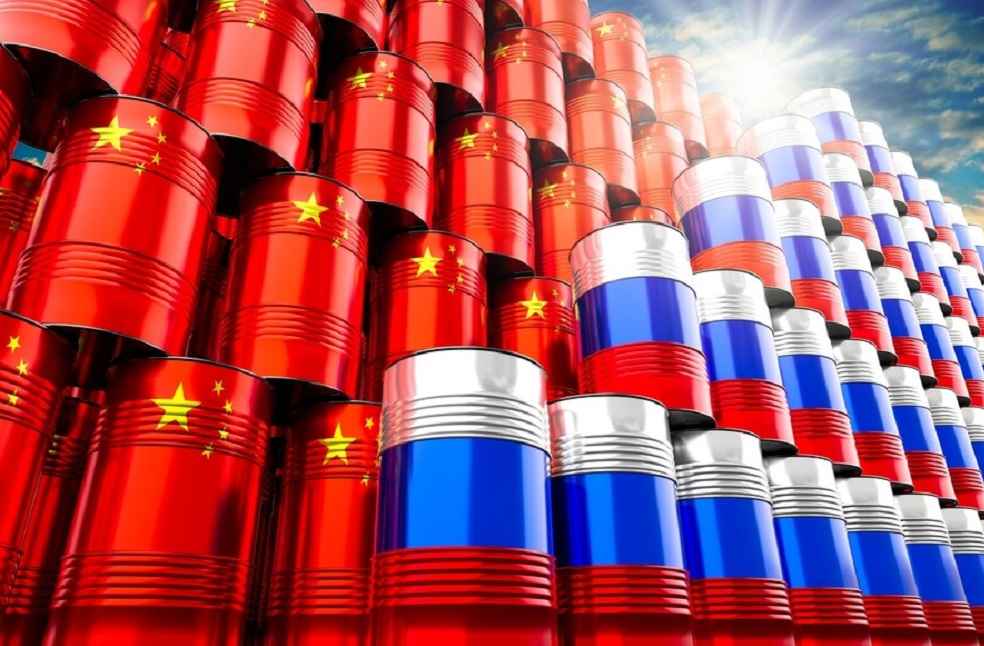India has overtaken China as the largest importer of Russian oil, reshaping global energy markets. In July, India imported a record 2.07 million barrels of Russian oil per day, outpacing China’s 1.76 million barrels per day—a 7.4% year-on-year decline and the lowest figure recorded this year.
This shift signals a crucial moment for Russia’s economy, already heavily impacted by sanctions following its 2022 invasion of Ukraine. With much of Europe no longer a viable market, Russia has turned to the world’s most populous nations, India and China, to sustain its oil exports at significantly reduced prices.

Chinese-Russian trade has surged since the conflict’s onset, with bilateral trade reaching an unprecedented $240 billion last year, driven largely by oil transactions. Yet, recent months have seen Chinese banks exercising increased caution regarding cross-border transactions with Russia, likely due to concerns over potential U.S. secondary sanctions. This trend complicates a trade relationship where oil remains the dominant factor.
Simultaneously, New Delhi-Moscow trade reached a record $65.7 billion turnover in 2023, yet India faces a growing trade deficit, which has expanded from $5 billion in 2021 to nearly $60 billion this year. Sanctions-related challenges impede India’s efforts to increase exports to Russia, further complicating the economic equation.
Chris Weafer, CEO of Eurasia-based strategic consultancy Macro-Advisory, attributes this trade imbalance to India’s increased oil imports, noting,”[India] now imports so much Russian oil that the trade deficit has grown from only $5 billion in 2021 to approaching $60 billion this year,” he told Newsweek. “Modi wants India to export more products to Russia to help reduce this deficit, but the financial settlement restrictions make that difficult.”

The decline in Chinese oil imports, down by 22% since December and 30% since March, raises concerns for Russia. In 2023, Russia became China’s largest oil supplier, accounting for almost 20% of its total imports. Yet, recent data shows that China is diversifying its sources. Saudi Arabia and Malaysia, China’s second and third-largest oil suppliers, have both seen significant increases in their exports to China. Saudi oil imports rose 13% year-on-year to 1.51 million barrels per day in July, while Malaysian shipments surged 61%, reflecting China’s strategic adjustments in its energy supply chain.
These shifting oil import patterns underscore broader geopolitical and economic transformations triggered by the Ukraine conflict. Russia’s trade relationships with India and China, though increasingly complex, remain central to its strategy as it navigates the challenges of an evolving global landscape. India’s rise as the top buyer of Russian oil highlights a significant recalibration of global energy flows, one that reflects the delicate balance Russia must maintain to secure its economic interests under tightening international scrutiny.
BUSINESS GENERAL | Bangladesh Becomes Major Soybean Market as Protein Demand Soars



